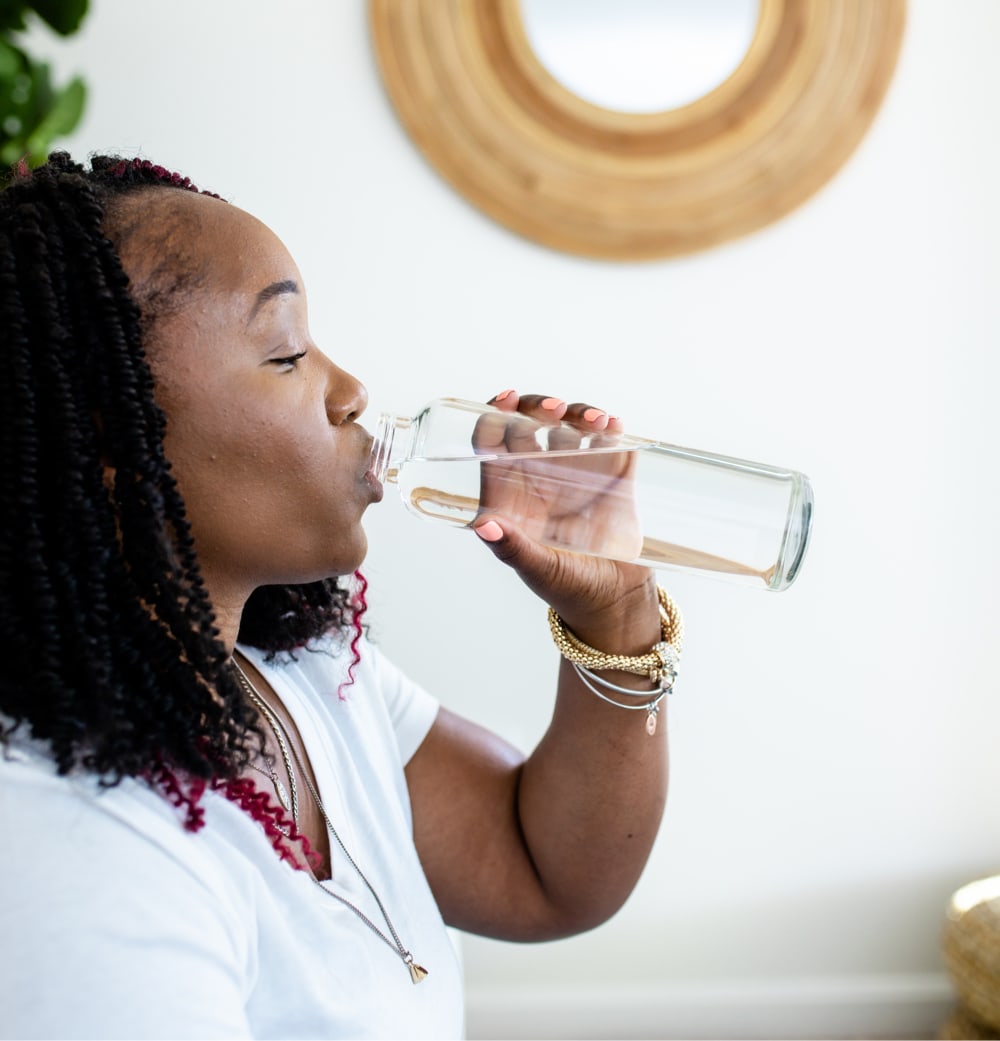What is PFAS?

The battle against PFAS contaminants and the family of chemicals has been going on for a while — but it is far from over. This family of chemicals is best known for being water and oil-resistant. Still, it has historically been used in many everyday products, including makeup, food product containers, and other products that come into contact with our bodies.
Thankfully, the American government and other international governments are recognizing the harm and are stepping up to regulate these contaminants. But they are moving slower than we would like, and companies are smart enough to stay one step ahead, creating new variations of these harmful elements to use as others are banned.
With such a challenge facing our environment and homes, we must know what PFAS is, what products use them, what they do to humans, and what we can do to prevent exposure.
What is PFAS?
PFAS is the family of Per- and polyfluoroalkyl substances, including over 9,000 compounds used in various products since the 1950s. These compounds include PFOA and other carcinogenic elements, lasting in the environment and our bodies as “forever chemicals.” The problem with this is that from fire training to industrial sites and landfills, these chemicals are making their way into waterways and soil, tainting our food and water. And with their stable, heat-resistant nature, they stay in our bodies and the elements for years.
What is it used in, or what products contain PFAS?
While many PFAS chemicals are banned from manufacturing in the US, they are still found in imported goods. Some of the daily-use items that include them are —
- Non-stick cookware
- Stain-resistant fabrics, carpets, and clothing
- Water-proof or repellant clothing
- Cosmetics
- Grease-resistant products
- Firefighting foam
- And more
Historically, the first and most well-known company to use this compound in America is DuPont, which created Teflon™ and other products. The film Dark Waters recently shared the story of the lawyer and families affected by the plant’s byproducts in West Virginia. This story and this company are not the only ones to bring chemicals to our environment. In NH, we are dealing with the Pease and Saint-Gobain issues that have left some of our communities reeling with higher cancer rates and other health issues.
How do PFAS contaminants impact humans?
While more studies need to be conducted to explain the connection between PFAS and cancer scientifically, the number one concern is the higher rates found in areas where PFAS has made its way into the environment or water sources. Some of the health issues directly linked to PFAS contaminants include —
- Kidney and bladder cancer
- Testicular and breast cancer
- Endocrine (thyroid) disruptions and cancer
- Reproductive harm (infertility and more)
- Low birth weight
- Immune response issues (potentially makes vaccines less effective)
With this myriad of health implications, we need to protect our families from permanent harm due to these chemicals. The most prevalent form of exposure is finding PFAS in your water supply. Be sure you don’t have a water problem to take the first steps to live a healthy life despite this issue.
What’s being done to prevent exposure?
The EPA and the FDA are working on a PFAS Roadmap process to “research, restrict, and remediate harmful PFAS.” The plan includes national testing, regulations on all PFAS groups, FDA food testing (seafood and more), and phasing out specific products. While this work is good, it’s taking a long time for any action to happen, and our government allowed decades to go by without action. We must be proactive to protect our health from the chemicals that already exist in our communities.
How can I protect my health from PFAS?
- Find out the regulations in your state.
- Ensure your water source is safe. Get a PFAS water test to be sure your water is free from PFAS and other contaminants. If you have higher levels, we recommend a PFAS filtration system to ensure you are safe from these chemicals.
- Stop using as many products as possible that may contain PFAS. The EWG and other organizations like MADE SAFE have resources to help you identify what products you use that may contain PFAS or use PFAS in their production.
- Join the action for regulations. National and local groups exist to help you bring change to your community! If you’re passionate about this issue, being part of the voices is a great way to help our country win this for our generation and the generations to come.
At NH Tap, we passionately protect our neighbor’s water supply through whole-home water filtration units that take care of these harmful chemicals. Despite the issues we face with PFAS contaminants, we can start to take our health and habits into our own hands to eliminate future risks and mitigate the implications of the current PFAS problem.
Return to Articles